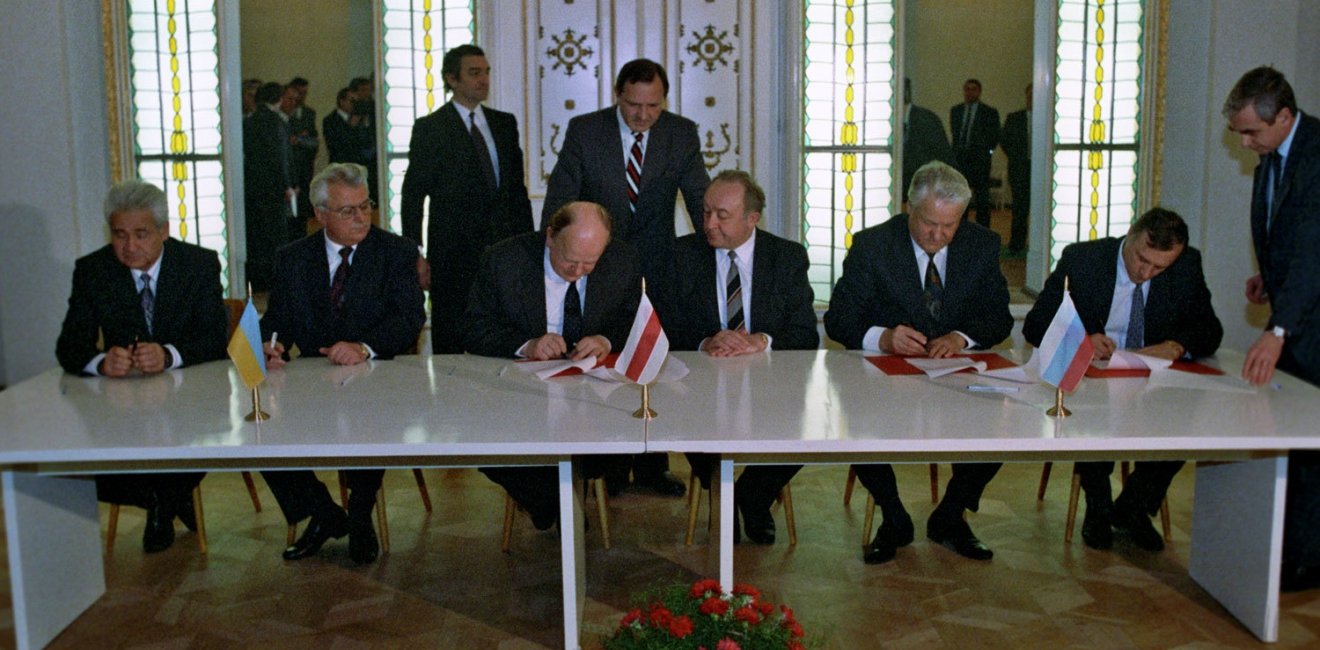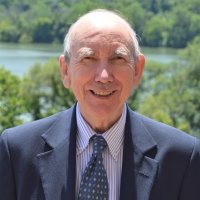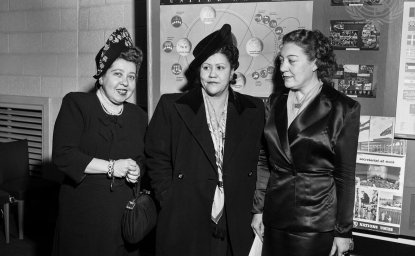A Look Back: US Diplomatic Recognition of Ukraine
Former US Ambassador to Ukraine recalls the day the United States granted diplomatic recognition to independent Ukraine 32 years ago, on December 25, 1991.
Former US Ambassador to Ukraine recalls the day the United States granted diplomatic recognition to independent Ukraine 32 years ago, on December 25, 1991.

On Christmas Day, 1991, the United States recognized the independence of Ukraine. That event highlighted a series of interrelated factors: the end of the Soviet Union, recognition of independent states due to the break-up of the Soviet Union, and the close working relationship that had developed between President George H.W. Bush and Soviet leader Mikhail Gorbachev.
The President was spending Christmas at Camp David but returned to the White House in the evening for an address to the nation during which he announced the recognition of Ukraine. Brent Scowcroft, the President's National Security Adviser, arrived at the White House about an hour before the address. I joined him in his office, and we reviewed the day's events before he fell into introspection. When he broke his contemplation, he lifted his chin from his clasped hands and, in a quiet voice, summarized the day's events as "historic." Historic it was.
In a December 1 referendum, Ukraine voted overwhelmingly for independence with over 92% of the people voting to endorse their own path as an independent and free country. The White House welcomed this demonstration of democracy. On December 8, Ukraine, Russia and Belarus met and agreed to the creation of the Commonwealth of Independent States. About the same time, a Department of State emissary visited Ukraine to discuss the future bilateral relationship. The consultations focused on democratic issues, including human rights and the commitment to international obligations; economic policies, such as the creation of a free market and the handling of the old Soviet debt;and implementation of Ukraine’s goal of becoming a non-nuclear state. To reinforce the importance that the United States placed on these issues as part of the formal recognition process, Secretary of State James Baker came to Ukraine in mid-December as part of a visit through the region.
At noon Christmas Day, Soviet leader Gorbachev resigned thereby formally putting an end to the Soviet Union, the Cold War, and his own political career and thus setting the stage for the President’s speech. Earlier that day, Gorbachev had called the President to inform him of his intended resignation and about a half hour before the President’s speech, a letter from Gorbachev arrived at the White House from the Soviet embassydetailing many of the points from the conversation. In their conversation, Gorbachev expressed appreciation for what he and Bush had accomplished by working together and expressed hope that the leaders of Russia and the other newly independent states would expand on this relationship. He also emphasized the need to help the process of cooperation among these states and assured President Bush that there would be a smooth transfer of authority regarding the use of nuclear weapons. Bush expressed his appreciation for Gorbachev’s comments on nuclear weapons and pledged to deal with the leaders of Russia and the newly independent states openly and with respect.
Of the many factors at play during the break-up of the Soviet Union, one cannot lose sight of the personal relationship that had developed between the President and Gorbachev. The President first met Gorbachev in 1985 and by 1991 they had developed a close working relationship. Therefore, one cannot discount that during the waning days of the Soviet Union, Bush and Gorbachev wanted to treat each other with the dignity and friendship that their cooperation over the years warranted. In thephone conversation, Gorbachev said he greatly valued his partnership and friendship with Bush. In his address, the President expressed, on behalf of the American people, hisgratitude for Gorbachev’s commitment to world peace and for his vision, intellect, and courage.
The next day, I was in the Oval Office for an event. The President and I exchanged Christmas and New Year’s greetings,and I mentioned that I had received calls late into the night from Ukrainian-Americans pleased with the United States recognition of Ukraine. He nodded and commented with a youthful tone of enthusiasm how nice that was. He repeated it a few times in a genuine sense of enjoyment. You had the sense that the President relished the historic nature of Ukraine’s independence and the historic events that had brought it about.
Ambassador Roman Popadiuk served as the first ambassador of the United States to independent Ukraine in 1992-1993. In December 1991, he was Deputy Assistant to the President and Deputy Press Secretary for Foreign Affairs.


The Global Europe Program is focused on Europe’s capabilities, and how it engages on critical global issues. We investigate European approaches to critical global issues. We examine Europe’s relations with Russia and Eurasia, China and the Indo-Pacific, the Middle East and Africa. Our initiatives include “Ukraine in Europe”—an examination of what it will take to make Ukraine’s European future a reality. But we also examine the role of NATO, the European Union and the OSCE, Europe’s energy security, transatlantic trade disputes, and challenges to democracy. The Global Europe Program’s staff, scholars-in-residence, and Global Fellows participate in seminars, policy study groups, and international conferences to provide analytical recommendations to policy makers and the media. Read more


A leader in making key foreign policy records accessible and fostering informed scholarship, analysis, and discussion on international affairs, past and present. Read more


After more than 50 years as a vital part of the Wilson Center legacy, the Kennan Institute has become an independent think tank. You can find the current website for the Kennan Institute at kennaninstitute.org. Please look for future announcements about partnership activities between the Wilson Center and the Kennan Institute at Wilson Center Press Room. The Kennan Institute is the premier US center for advanced research on Eurasia and the oldest and largest regional program at the Woodrow Wilson International Center for Scholars. The Kennan Institute is committed to improving American understanding of Russia, Ukraine, Central Asia, the South Caucasus, and the surrounding region through research and exchange. Read more


